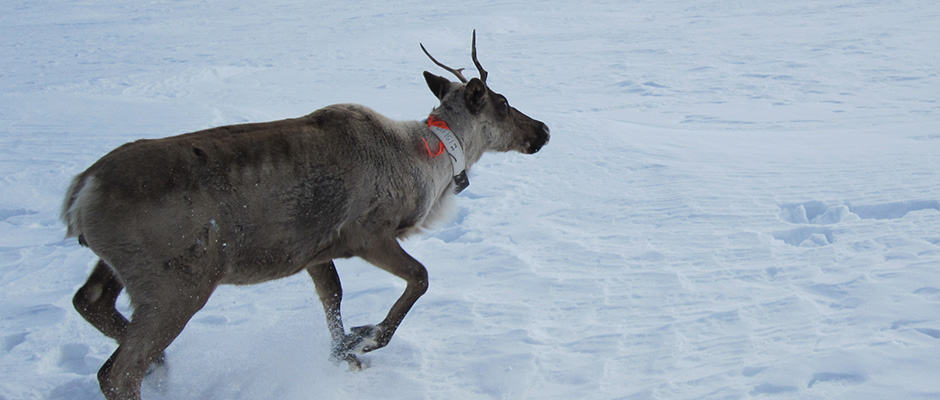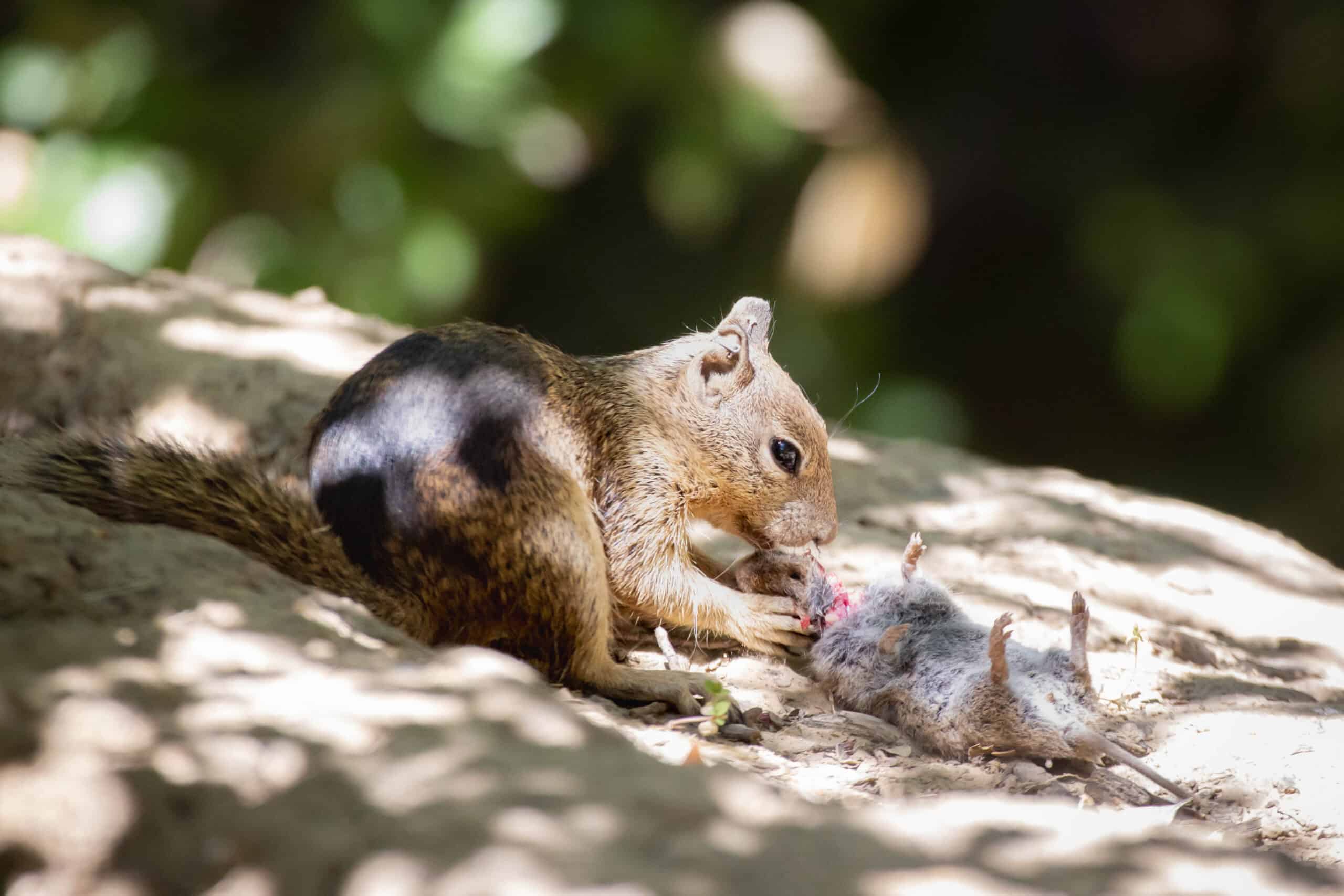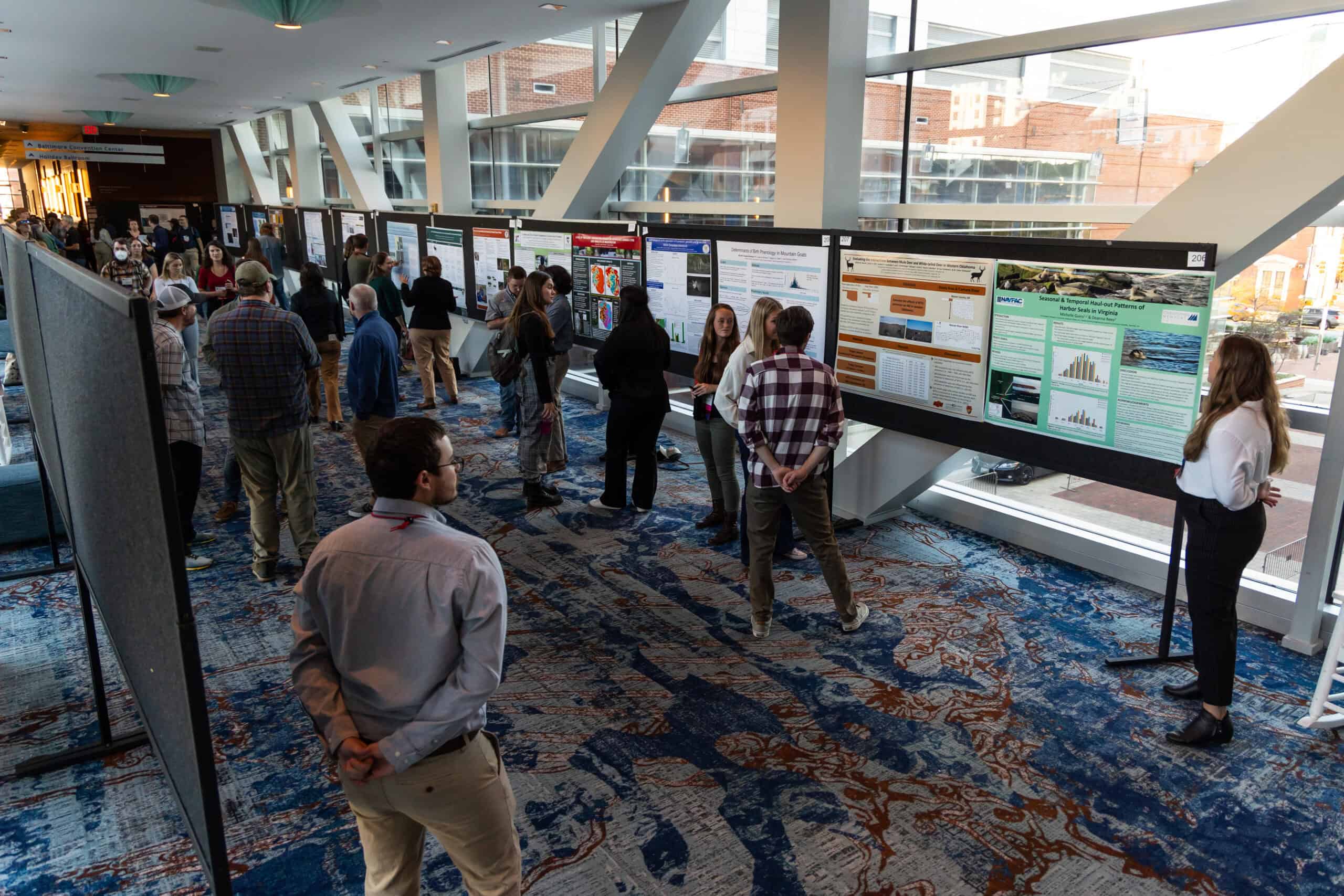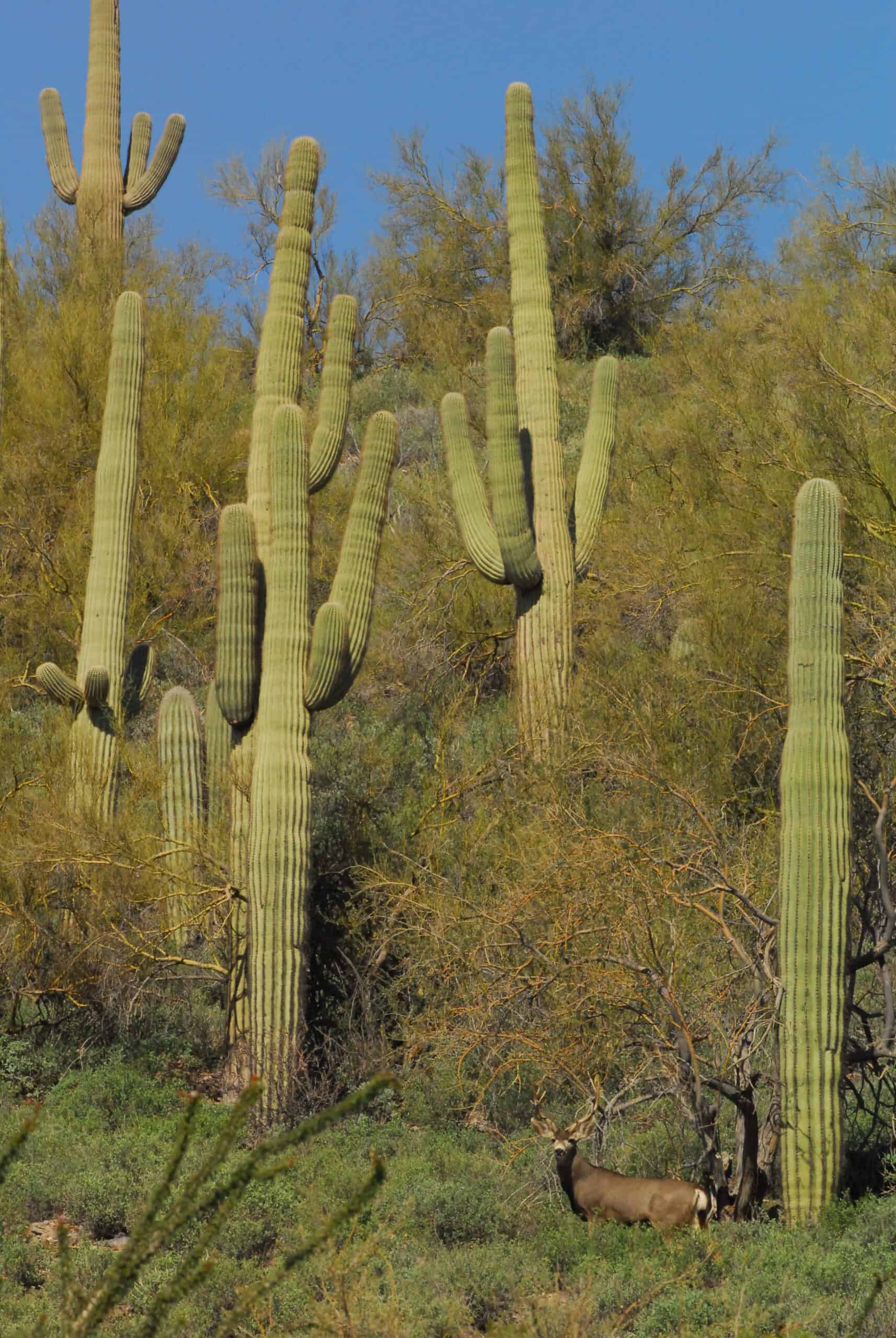Share this article
Wild Cam: TWS Member Tracks Caribou Eating Habits
Researchers have long been in the dark about what some caribou populations eat during the summer. It’s difficult to find droppings before they rot away in the warmer weather, and the animals often behave differently when humans are watching what they do.
But now researchers with the Ontario Ministry of Natural Resources and Forestry (OMNRF) have a new tool to get a close up look at exactly what caribou munch on in the province’s northern wilderness — collar cameras.
“The real impetus to develop these things is to figure out what caribou are eating in the summer,” said Art Rodgers, a research scientist with OMNRF and the Canadian Section representative on The Wildlife Society Council.
Rodgers and his colleagues attached cameras to Boreal woodland caribou (Rangifer tarandus caribou) in three different regions of the province — one relatively undeveloped, one area carved up by forestry operations and a third showing a mixture of developed and undeveloped areas. The high-definition cameras were programmed to turn on for 10 second clips every 10 minutes for two-hour periods during the morning and evening — times when the researchers expected the animals to be out foraging for a meal. They ended up with around 27 hours of video footage from the collars, which weigh less than two kilograms and are equipped with GPS tracking devices to tell researchers exactly where the ungulates are eating and spending their time. This latest Wild Cam series article presents a look at some of the research from Rodgers and colleagues. All photos are copyrighted by the Queen’s Printer for Ontario, courtesy of Ontario Ministry of Natural Resources and Forestry and the Canadian Forest Service.
This video shows much of the primary activities the researchers were after — caribou grazing on green plants in the summer such as horsetail and lichen. Rodgers said students watched these videos and recorded bite rates of different plants, which they later published in a Canadian Journal of Zoology paper in the late last year.
This video showing the first day of a baby caribou’s life is Rodgers’ “warm and fuzzy video,” where you can see the animal trying to get up for the first time. Before the researcher had these cameras, he said that they only way they could tell the caribou cows were giving birth was when they didn’t move more than 100 meters in 72 hours. “[The collar camera] allows us to confirm exactly when a calf was born, what day it was born.”
Some researchers believed that caribou search for islands in lakes to give birth and rear their calves there to protect them to a degree from predators. While the videos didn’t find evidence of this, they did see several chase scenes. “One morning in the first week of June, there’s this video where [cow and calf] are just booting it through the forest,” Rodgers said. They swam across a small body of water and make it onto an island, identified as such by the GPS collar. “They use those islands to escape from predation, but they don’t necessarily calve there,” he said, noting that the GPS data showed the cow had given birth and tended to hang out in an area near the island, which she may use as an emergency haven.
The caribou in the beginning of this video was killed by wolves a few days later, though the collar camera just missed the action. While the videos haven’t yet shown caribou getting taken down by predators, Rodgers said it’s only a matter of time if the research continues. He said this video is interesting because one collared caribou actually looks at another one for a moment, giving us a glimpse of the device in action. In others, they can see that the animals moving in groups sometimes take turns trail breaking.
One of the surprising things researchers found was that caribou can be picky eaters. The female caribou in this video can be seen passing by several patches of lichen in favor of fungus. “Here she is wandering through the forest, and she’s picking mushrooms,” Rodgers said. Near the end the caribou knocks over a cap of a Portobello-sized mushroom to eat the stem. “It’s a good example of selective foraging,” he said. “The odds of ever seeing something like that [without the collar cameras] are very small.”
It was long believed that caribou, like moose and some deer, don’t actually drink during the winter, getting their liquid instead from the vegetation they eat and snow they swallow in the process. Thanks to the collar cams, researchers now know that the animals use a technique called “slushing” which involves mushing up the snow and ice on a lake with their front hooves. Eventually water will come up from beneath. “It’s an interesting behavior that caribou do that I have not seen other ungulates do in the winter,” Rodgers said.
Caribou use a similar kind of technique to search for lichen during the winter, though in this case it’s called “cratering.” The videos reveal that caribou eat both tree and ground lichen and that they usually only graze the top few centimeters of vegetation, thereby allowing the lichen to grow back. “It’s not like they are destroying them, it’s more like they are farming them,” Rodgers said.
This video essay is part of an ongoing series from The Wildlife Society featuring photos and video images of wildlife taken with camera traps, collar cameras and related technology. Check out other entries in the series by clicking here. If you’re working on an interesting research project with photos or videos you’d like to share, email Joshua at jlearn@wildlife.org.
Note: Previous stories filed under the “Snap Trap” logo have been changed to “Wild Cam” to avoid confusion with certain animal trapping devices and to reflect our wider focus on collar cams and other related kinds of multimedia.
Header Image:
A female Boreal woodland caribou with a GPS collar. Researchers put similar collars equipped with cameras on caribou in Ontario to find out what they eat in the summer, among other things.
Image Credit: J.S. Shuter, Ontario Ministry of Natural Resources and Forestry








